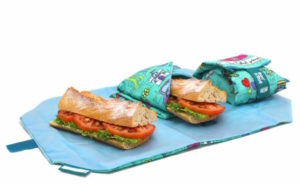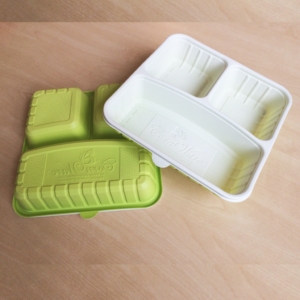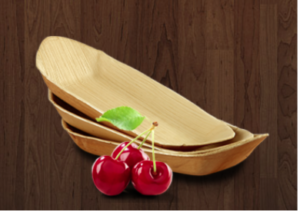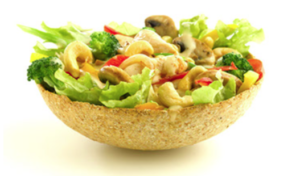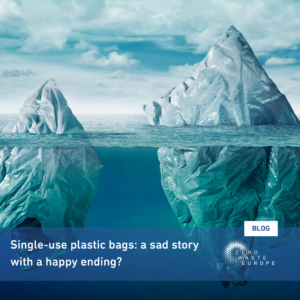#Designed4Trash award: Styrofoam Containers
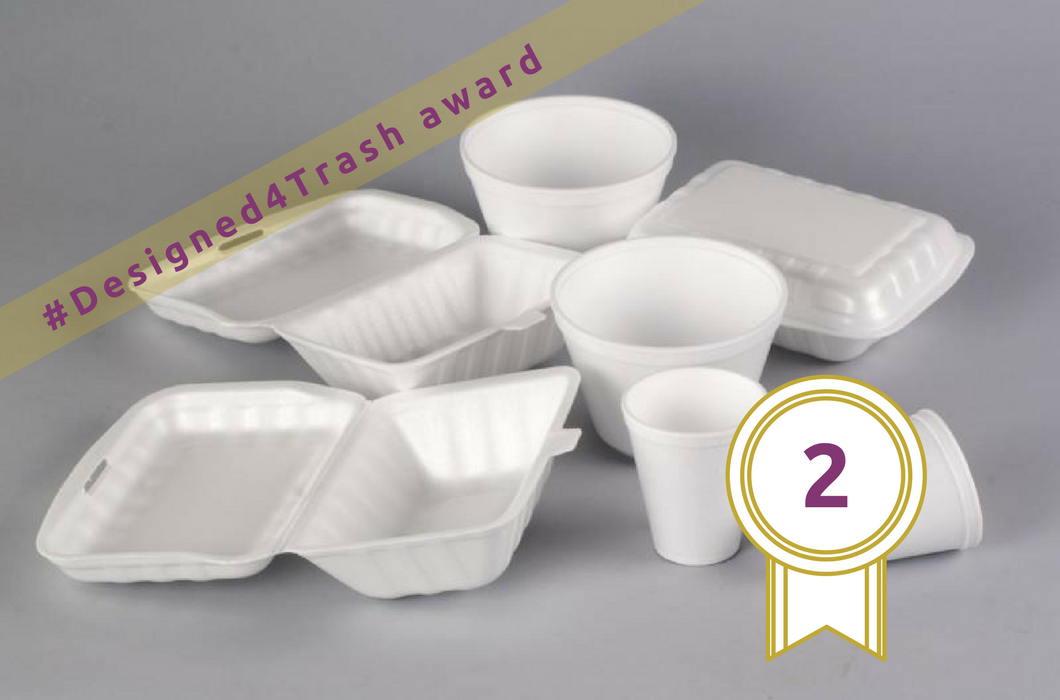
Styrofoam containers have been voted the 2nd most wasteful item at the Designed For Trash Awards, organised by the People’s Design Lab during last May 2017. Participants on this popular contest have also suggested sustainable alternatives to replace these problematic containers, which are responsible for an increasing amount of plastic pollution on the environment.
Styrofoam – what do we know about it?
Styrofoam comes in all shapes and sizes for purposes ranging from packing material to holding your soda pop, most of us have grown up with it yet what do we know about it?
Styrofoam is made from polystyrene, a petroleum-based plastic. Its history is surprisingly old, dating back to 1839, when German apothecary Eduard Simon, isolated polystyrene from natural resin. Over 100 years later, a process was invented to commercially manufacture polystyrene (including the foam version “styrofoam”) and the world of products, food and packaging was forever changed.
Styrofoam has an increasingly bad rap as it has an impressive lifespan i.e. forever. Because of this, it is now taking up vast amounts of space in landfills across the world, or is afloat at sea, where it is often accidentally eaten by a hungry turtle, sea bird, fish, whale, or whatever else mistakes it for food. In fact, Styrofoam has been labeled one of the top sources of marine litter. And all the while, this buoyant white substance is leaking harmful chemicals. It’s main component – styrene- is a carcinogenic substance. Prolonged exposure can cause irritation the skin, eyes, and respiratory tract, and has also been linked to fatigue, depression, lymphoma, and leukemia. Disturbingly, styrene residue has been found in 100% of human fat tissue (source).
Many restaurants, events, and companies still resort to styrofoam, often due to a lack of awareness about alternative disposable dishware.
Needless to say, we must make some adjustments for sake of our health and our environment. Fortunately, it’s 2017 and intelligent, inspired people have come up with a variety of plant based food containers to mitigate the styrofoam apocalypse.
Never too late to move on!
Reusable Alternatives to Styrofoam
The best alternative to styrofoam containers, and other “single-use” take-away containers, are the reusable options. Simply, you can start changing the styrofoam trend by bringing your own food containers when eating out. The options are many, from stainless steel tiffins, to the classic glass tupperware or the innovative Boc’n roll (a plastic sack that you can securely bundle your takeaway in). For restaurants that use plastic tupperware, wash and return them next time for your next meal there. They will likely be happy to re-use it!
Boc’n roll
More and more options seem to emerge. In Switzerland, the company reCIRCLE has invented the very first system which provides restaurants with reusable containers for take-away customers. When the customer buys food in their take-away container, they pay a “deposit” on it and once they have used it, they can bring it back to the restaurant next time, and get another reusable containers for no extra fees, or simply get their money back. This is system is spreading out quickly in Switzerland and hopefully it will land in more countries!
reCIRCLE
Not only are these options more sustainable, they just sound like more fun to eat and drink out of!
Single-use Alternatives to Styrofoam
However, when these reusable options are not available and there is no way to avoid the use of a single-use item then there are several biodegradables solutions that in terms of “end-of-life” of the product are less problematic than styrofoam or plastic.
Corn starch – Essentially, corn starch based food containers use corn-based polymers (PLA) instead of petroleum based. Because of this, these food containers look and feel similar to traditional styrofoam but can be composted.
Plant leaves – These leaf based food containers are rapidly growing in popularity because of their durability, biodegradability, and also, they just look really cool. The process uses the pulp of fallen palm leaves and represses them into dishware.
Edible – Various companies have been making headlines as of late for producing edible food containers. The company Loliware uses a seaweed base to create flavored drinking cups and the company Munch bowls has designed a wheat based bowls.
From the most preferred reusable options to the biodegradable single-use containers, we could see that in this day and age the negative impact of styrofoam is simply unnecessary. Making changes in our own lives, while also demanding change in food industry standards, is the way forward to a foam free world.
If you want to check out all solutions suggested by the People’s Design Lab users click here!
